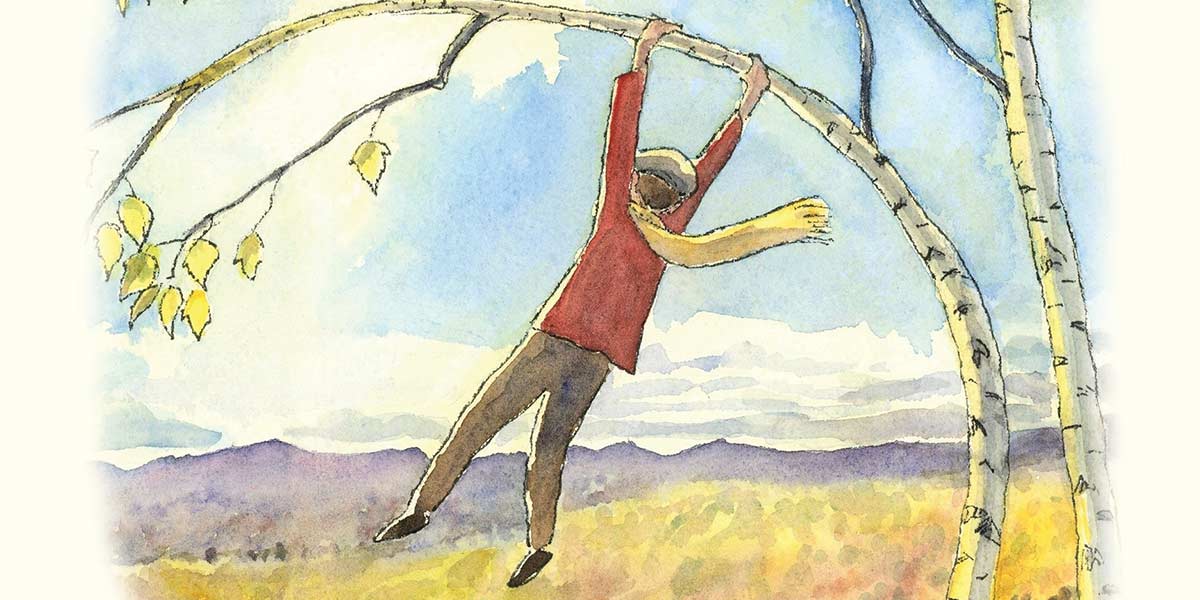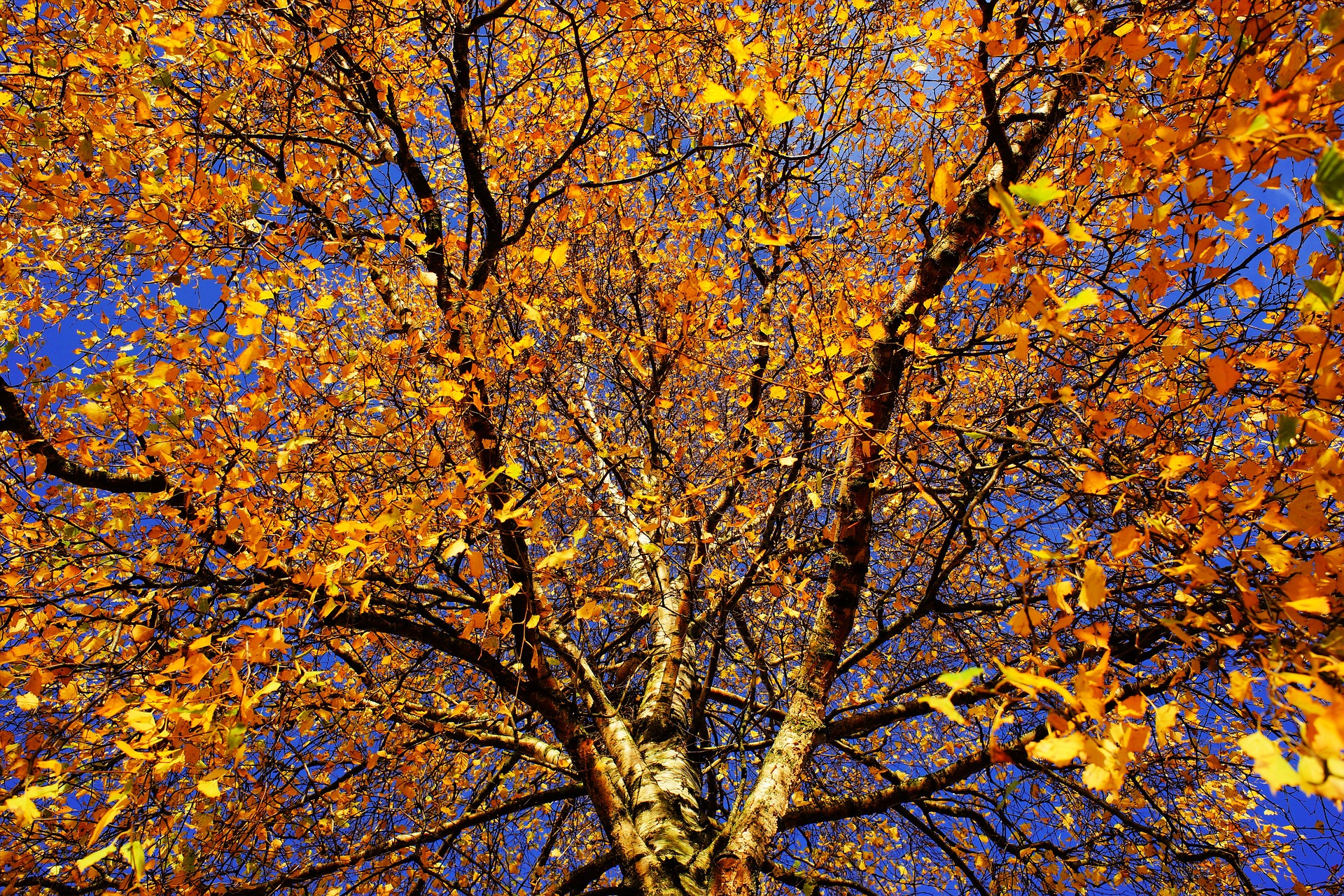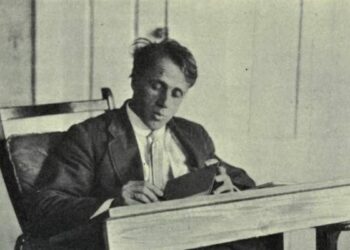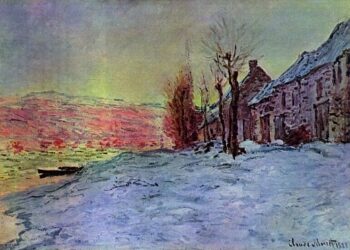Table of Contents
ToggleIntroduction
Birches Poem Summary And Themes By Robert Frost One of the most well-known poets in America, Robert Frost is renowned for his ability to explore universal topics like nature, life, death, and human emotion while capturing the spirit of rural New England living. His writings, which are frequently infused with reflection and nostalgia, are still relevant to readers today. “Birches,” one of his best-known poems, exemplifies his skill at fusing profound philosophical thoughts about life with images of nature.
Originally published in 1915, “Birches” is frequently regarded as one of Frost’s most famous poems. It addresses the intricacies of the human experience while simultaneously reflecting on the simplicity and beauty of nature. The speaker’s observations of birch trees, their swaying branches, and the desire to escape the stresses of adulthood are at the center of the poem. It blends metaphorical reflections on childhood, maturation, and the desire for freedom and innocence with a factual depiction of the trees.
Summary of Birches by Robert Frost
The opening scene of “Birches” describes birch trees that are hunched over due to the weight of snow and ice. The speaker imagines a youngster swinging from the limbs of the trees is bending them. This picture of a kid having fun in the snow represents the joy and freedom of youth.
The poem suddenly changes, as the speaker considers the characteristics of the trees, speculating that they might have been twisted by the weight of the snow, wind, or ice. Though the bending may have been caused by the ice and snow, the speaker reflects that the sight is made more beautiful and graceful by the boy’s imagined play.
Read more
As the poem goes on, the speaker expresses a greater yearning for childhood simplicity, which is represented by the birch trees. The boy dangling from the branches symbolizes a wish to get away from the responsibilities of adulthood. The speaker longs for childhood’s freedom and innocence, when things were simpler and happier.
The speaker does concede, though, that the boy’s play is but a fleeting diversion and that he will someday have to confront reality as an adult. The passing of time and the inevitable maturation are symbolized by this return to reality. The carefree attitude of children stands in stark contrast to the adult world, with its obligations and difficulties.
The speaker muses over the thought of “getting away” from the responsibilities of adulthood in the last stanzas. Like the youngster, the speaker hopes he could “get away” by swinging on the birches and avoiding the burden of responsibilities. Yet, the speaker understands that such an escape is not possible; the only way to find peace is to accept the realities of life and move forward, grounded in the earth, but with a sense of longing for the freedom of youth.
Using the image of the birch trees to examine themes of innocence, escape, and time passing, Frost skillfully blends the literal and the symbolic in “Birches.” The poem concludes with the bittersweet insight that, despite one’s desire to return to the ease of childhood, it is not feasible to do so indefinitely.

Themes in Birches by Robert Frost
1. Childhood and Innocence:
The idea that childhood is a period of purity, independence, and unadulterated delight is one of the main themes in “Birches.” The speaker embodies the spirit of young excitement by idealizing the boy hanging from the birch trees. The boy’s impulsive and carefree behavior reflects a period before life’s complications set in. Frost captures the sense of childlike freedom—something that the adult world will never match—by showing the birch trees bending under the child’s weight.
The speaker considers how youth’s carefree attitude is short-lived and how, as one ages, life’s obligations and difficulties start to eclipse childhood’s innocence. One of the poem’s most recurring themes is the desire to return to childhood and its purity.
Read more
2. The Passage of Time:
Another major motif in “Birches” is the passing of time. The speaker considers his own life’s journey while thinking back on the boy’s play and the bending of the birch trees. The aging process and the certainty of change are symbolized by the picture of the birch trees, which have been twisted and worn by the weather.
Frost frequently examines time and mortality in his writing, and “Birches” is no different. The birch trees’ bending represents life’s inexorable disintegration, which occurs gradually but always with certainty. Although the speaker longs for the past, she also acknowledges that childhood cannot be returned and that time passes.
3. The Desire for Escape:
Another topic in “Birches” is the desire to escape the stresses of adulthood. As a way to escape reality, the speaker imagines the youngster dangling from the birch tree branches. Swinging is a symbol of liberation and a release from accountability. The hardness and complexity of adult life, which the speaker finds taxing and challenging to manage, are the source of this yearning for escape.
But the poem clearly admits that running away isn’t a long-term fix. The adult world will unavoidably draw the speaker back, just as the boy must finally descend from the tree and return to the ground. The poem’s emotional power is mostly derived from this conflict between the necessity to face reality and the urge to escape.
4. Nature as a Source of Reflection:
In “Birches,” nature is important not only as a setting for the poem’s events but also as a place where the speaker can ponder. The speaker’s reflections on life, innocence, and escape are symbolized by the birch trees, their swaying branches, and the sight of the youngster playing in the snow.
Frost frequently uses the natural world as a window into human feelings and experiences. In “Birches,” the speaker can ponder the intricacies of life and the passing of time while finding solace and reflection in nature. Despite its beauty and tranquility, the natural environment also acts as a reminder of life’s transience and the certainty of change.
5. The Dual Nature of Experience:
Frost examines the duality of experience in “Birches,” including the conflict between youth and age, innocence and experience, and freedom and responsibility. The poem oscillates between these conflicting forces, contrasting the speaker’s more solemn thoughts on the difficulties of adulthood with the boy’s carefree behavior. The image of the birch trees, which sag beneath the combined weight of the snow and ice as well as the boy’s joyous swinging, embodies this contradiction.
The poem makes the argument that both experience and innocence are fundamental to the human condition and that we can only comprehend life’s intricacies by contrasting these two forces. The speaker’s desire to avoid the adult world is balanced with the understanding that life’s facts must be accepted.
Structure and Style of Birches
The unrhymed iambic pentameter lines that make up “Birches” add to the poem’s organic flow and introspective tone. The free verse form of the poem reflects the speaker’s rambling thoughts as he alternates between recollections of childhood, observations on the passing of time, and descriptions of the birch trees. The speaker’s journey through life is characterized by ambiguity and uncertainty, which is further highlighted by the absence of a consistent rhyme pattern.
One of the poem’s most potent features is Frost’s use of imagery. The poem’s main motif is the birch trees themselves, whose swaying branches suggest both beauty and deterioration. In contrast to the speaker’s more solemn thoughts on growing older and responsibilities, the image of the youngster hanging from the trees is lively and fun. The poem has a sense of emotional depth because of the contrast between brightness and dark, innocence and experience.
Frost’s use of symbolism and metaphor is another important aspect of the poem. For example, the birch trees might be interpreted as representations of the human condition, as they have been molded, eroded, and molded by the forces of life. Swinging on the trees symbolizes a return to innocence as well as an escape from reality. Frost examines the intricacies of the human condition and the desire for a more straightforward and carefree existence through these symbols.

Conclusion
Robert Frost’s “Birches” is a beautiful and poignant exploration of the themes of childhood, the passage of time, and the desire for escape from the complexities of life. Frost depicts the conflict between youth and age, innocence and experience, and freedom and responsibility through striking imagery and symbolism.
The poem’s reflective tone and natural imagery invite readers to contemplate the universal aspects of the human condition, while also offering a sense of comfort in the recognition that the longing for simplicity and innocence is a shared experience. Through “Birches,” Frost provides a meditation on the complexities of life, using nature as a means to explore human emotion and the passage of time.
Read more
FAQ
Q1: What is the primary symbol in “Birches”?
The primary symbol in “Birches” is the birch tree itself. The tree represents the natural world, the passage of time, and the complex relationship between innocence and experience. The bending of the tree’s branches can be interpreted as a metaphor for the physical and emotional toll that life takes on individuals. The image of a boy swinging from the birches represents a return to innocence and a temporary escape from the burdens of adult life.
Q2: What does the speaker in “Birches” long for?
The speaker in “Birches” longs for the simplicity and freedom of childhood. He idealizes the image of the boy swinging from the birch trees as a way to escape from the complexities and responsibilities of adulthood. The speaker’s longing represents a desire to return to a time when life was less complicated and more joyful.
Q3: What role does nature play in the poem?
Nature plays a central role in “Birches” as both a setting and a source of reflection for the speaker. The birch trees, the snow, and the ice serve as symbols for the passage of time, the inevitability of change, and the complex relationship between innocence and experience. The natural world in the poem reflects the speaker’s inner emotional landscape and provides a space for contemplation about life’s challenges and mysteries.
Q4: How does “Birches” address the theme of the passage of time?
The poem addresses the passage of time through the imagery of the birch trees, which bend and weather under the forces of ice, snow, and wind. These natural processes serve as metaphors for the aging process, which is gradual but inevitable. The speaker reflects on the inevitability of growing up and the loss of innocence, while also recognizing that the passage of time is a part of the human experience.
Q5: What is the significance of the speaker’s desire to “get away”?
The speaker’s desire to “get away” symbolizes a longing for escape from the responsibilities and burdens of adult life. By imagining the boy swinging from the birch trees, the speaker expresses a wish to return to the freedom and joy of childhood. However, the poem also suggests that escape is only temporary, and that the realities of life must eventually be faced.

















